Produce Spotlight: The Ultimate Guide to Tomatoes
What makes tomatoes split? Should they be refrigerated? Can they help heal sunburns? Answers to these questions and many more are found in this Ultimate Guide to Tomatoes. Read on for the scoop about growing tomatoes, preparing them and what nutrients they bring to the table. Check out the several tomato recipes as well.

Table of contents
Looking for our best tomato recipes? Try our
- Simple Tomato Salad with fresh basil and an easy balsamic vinaigrette
- Or this Fresh Tomato Caprese Pizza for a weeknight dinner while tomatoes are in season.
Jump to all the tomato recipe ideas
Tomato Origin and Growing Information
Where did tomatoes originate?
Tomatoes grew wild in the Andes, near Peru and Bolivia. There they were first cultivated to resemble the tomatoes that we know today. Italians were the first Europeans to cultivate tomatoes in 1550. From there, they made their way around the globe.
How do tomatoes grow?
Tomato plants grow from seed to up to 6 foot tall branching plants. Depending on the variety, tomato plants grow small flowers that bear fruit and turn red when ripe. These plants need 6 to 8 hours of direct sun each day and daily watering to supply their deep roots. If the weather is below 50 degrees or above 90 degrees, the flowers may be unable to bear fruit. A tomato cage will help support your plant as it grows taller.
Where do tomatoes grow best?
Tomatoes grow best when exposed to mild summer temperatures between 50 and 90 degrees. They also prefer to have at least 6 to 8 hours of direct sunshine each day. Tomatoes should be watered daily and supported by stakes or a cage.
Will tomatoes grow in the winter?
Tomatoes do not typically grow in the winter, especially in New England. However, in growing zone 10, which includes the southern parts of Florida, Texas and California, tomatoes grow in the winter, as the temperatures are milder. Additionally, tomatoes can be grown in temperature controlled hoop houses year round.
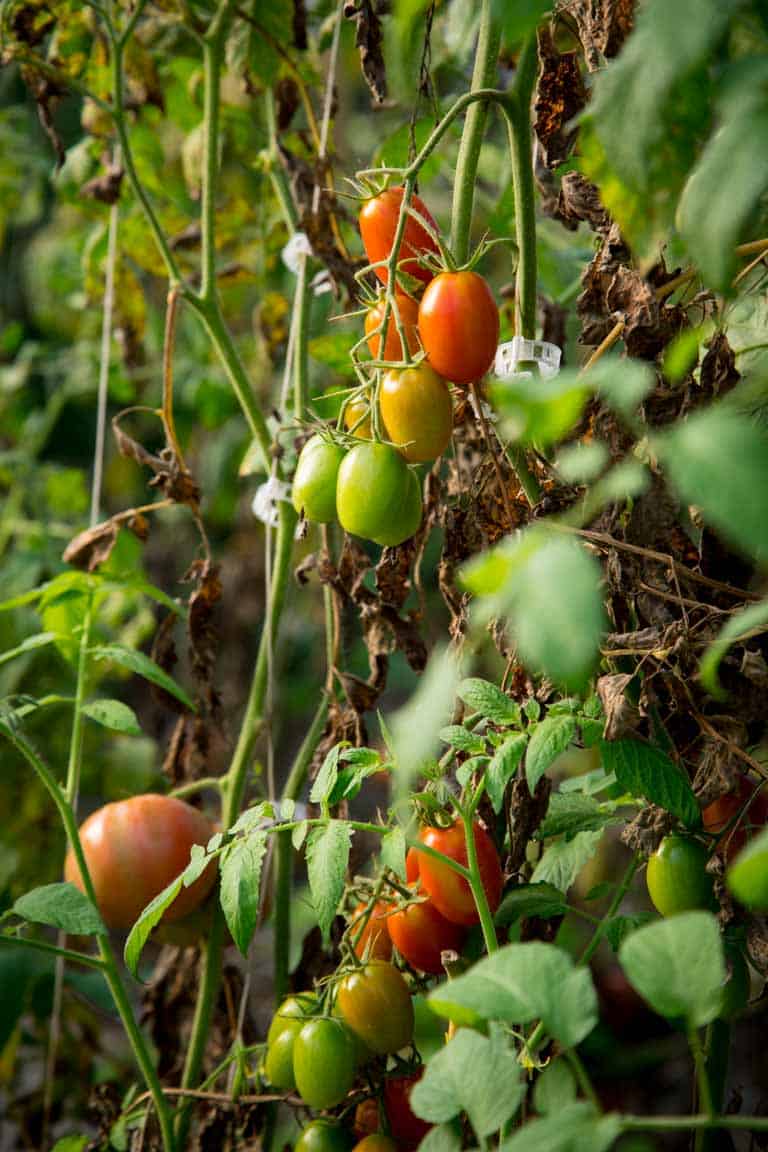
Why do tomatoes split?
If tomatoes are exposed to period of dry weather followed by heavy rain, it can cause them to split. This is due to the tomatoes swelling from overwatering and splitting. Making sure your tomato plants are consistently watered can help avoid splitting.
Cooking and Preparing Tomatoes
Which tomatoes are best for salsa? Pasta? Salad?
Plum tomatoes are more firm and less juicy then “slicing” tomatoes and work very well to make tomato sauce because there is less liquid in them to evaporate into thick sauce. Sun-ripened garden fresh tomatoes are best for salsa because they have the best flavor. I like to use a blend of yellow and red tomatoes for a slightly less acidic fresh pico de gallo. For my tomato and anchovy salad I recommend a blend of garden fresh heirloom beefsteak tomatoes, like a Brandywine and Cherokee Purple. To add tomato to a green salad, look for ripe but firm medium sized tomatoes, salad tomatoes or cherry tomatoes so as not to add too much unwanted moisture to the salad.
Can tomatoes be refrigerated?
Tomatoes continue to ripen after they are picked, which is great if you have green tomatoes that need to ripen with an impending frost. But they should not be refrigerated to retard the process of ripening because doing so makes their texture grainy. Instead store them in a cool place to prevent them from becoming overly ripe. If it is necessary to refrigerate them, use them in cooked applications where the grainy texture will not be noticeable.
When do tomatoes go bad?
Tomatoes go bad when they become overly ripe. They will get a soft spot, and the flesh will become translucent in areas. Once they are really starting to pass, they will get mold growing in the softest areas.
How do you deseed a tomato?
Here is a step by step method for removing the skin and seeds from tomato. You can also remove the seeds from a tomato without removing the skin by slicing in half (along the equator- not through the stem/blossom ends) and then gently squeezing the seeds out. Use your finger tip to poke out any stubborn seeds that do not want to come out.
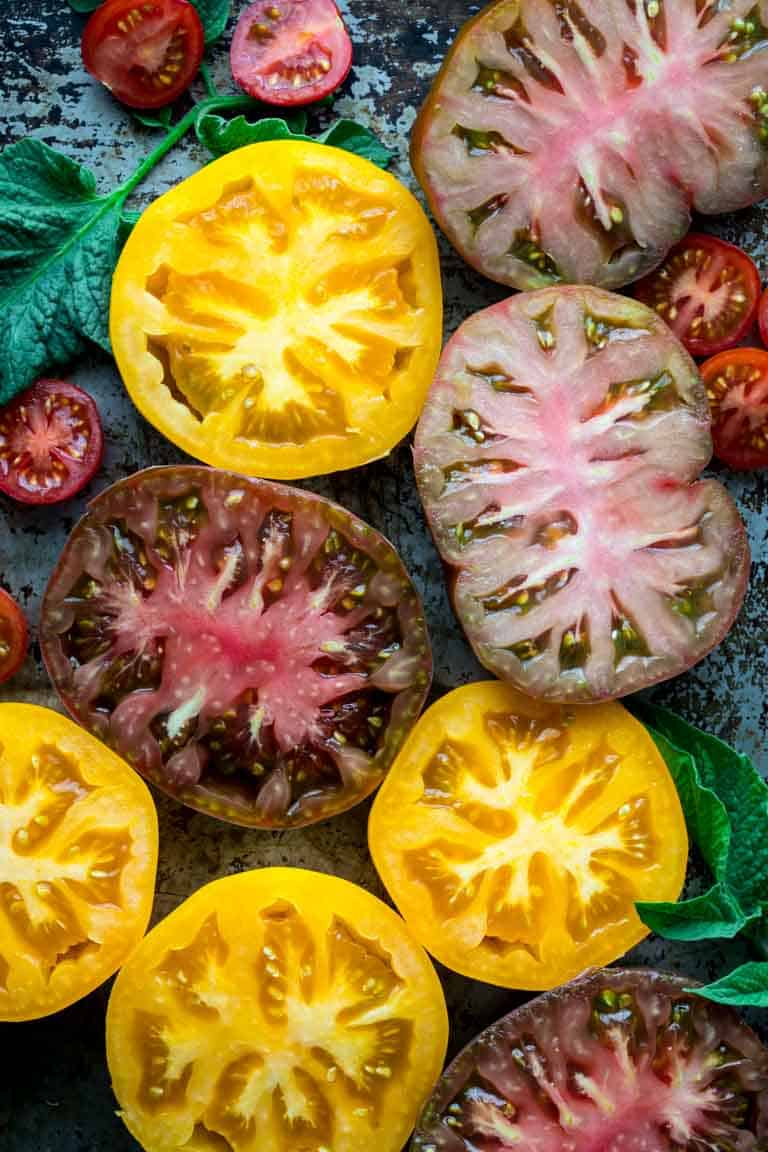
Nutrition of Tomatoes
Are tomatoes low carb? Keto?
Tomatoes are low carb, only containing about 7g of carbohydrates per one cup. Of these 7g of carbs, 2g are from fiber. This fiber is necessary for a healthy gut microbiome and can also promote fullness. They are also acceptable for those choosing to follow a keto diet.
Are tomatoes acidic?
Tomatoes are highly acidic, having a pH of 4.0 to 4.5. This can cause heartburn or flare-ups for individuals with GERD and for those who are sensitive to acidic foods. However, if you do not experience heartburn or discomfort after eating tomatoes, this will not adversely effect your health.
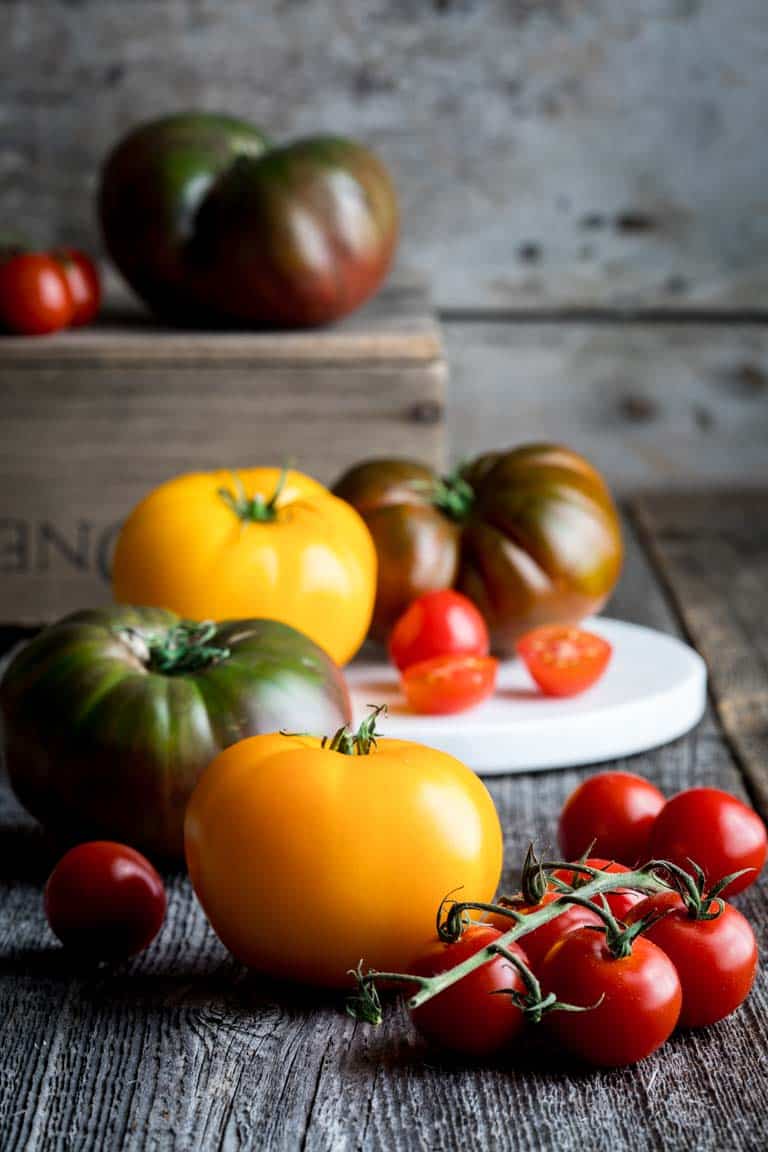
Are tomatoes good for sunburns?
One of the most prominent antioxidants in tomatoes is called lycopene. In several studies, lycopene has been shown to increase your skin’s resistance to sunburns. In one study conducted in the UK, they found women following a tomato rich diet had a 30% increase in skin protection from sunburns. However, this does not mean tomatoes are a substitute for sunscreen or heal sunburns once they happen. Some home remedies recommend applying a sliced tomato to burns after they happen as an alternate to aloe; yet, there have not been any studies done to prove the efficacy of this.
Are tomatoes bad for arthritis?
Vegetables like eggplants, tomatoes, peppers and potatoes are part of the nightshade vegetable family. These types of vegetables produce a chemical called solanine, which some people claim can irritate joints and increase arthritis pain. The support for this claim is purely anecdotal, as there is no science supporting it right now. There are many nutrients in nightshade vegetables that are important for a healthy diet; regardless of if you have arthritis. However, if you find that these vegetables are a trigger for pain, then they should be avoided and slowly reincorporated to see if the trigger subsists.

Tomato Recipes
Tomato Recipes
Tomatoes are one of my favorite ingredients from the garden. The best part about them is you don't have to do much to get all their delicious flavor out. Eat them raw with olive oil and salt, or add thme to a warm dish.
If you’ve got summer veggies and fresh tomatoes bursting out of the garden right now, then you are in the right place! Read on to find out how to turn garden-fresh tomatoes, herbs, cucumbers, peppers and more into a delicious bowl of gazpacho in just 10 minutes.
Here is how to peel and seed tomatoes. If you’ve ever read a recipe that asks for tomatoes, peeled and seeded, you may wonder just how to do that. Taking the skins off (and the seeds out) is great when you’re making tomato sauce or tomato soup. Also when you want to freeze or can a lot of tomatoes from the garden, this tip will come in handy.
This 20-minute cherry tomato Panzanella is a warm version of the classic Tuscan bread salad made with fried bread, garlic, herbs and burst cherry tomatoes.
Here is an easy-going recipe for a simple tomato salad with anchovies, basil, olives and avocado. It’s a healthy and simple side-dish to share with friends and family or to bring to a picnic or barbecue. It is paleo and dairy-free and ready in only 10 minutes!
This luscious tomato and green bean salad is just a riot of color and juicy summer time produce side-dish mayhem! It is so simple to make and is a celebration of great ingredients: heirloom tomatoes at their peak of freshness, garden-fresh green beans and crumbled fresh goat cheese!
Here is my favorite fast and healthy lunch ever: chopped salad with tomatoes olives and tuna! It’s made with chopped Romaine lettuce, fresh chopped tomatoes, canned tuna and sliced salad olives. I toss it with a tart lemony dressing with a bit of shallot.
Today I am going to talk a bit about what to do with yellow tomatoes and share an easy and incredibly tasty recipe for yellow and red tomato pico de gallo or fresh salsa. It is low carb, vegan, gluten-free and only 18 calories per serving.
Yup. It is just a simple platter of sliced tomatoes with a #stupideasy 4 ingredient Thai Basil dressing.
Pappa al Pomodoro Italian Tomato Bread Soup is a simple and utterly delicious soup thickened with bread and seasoned with basil and olive oil. It is a great warming meal to enjoy for lunch or dinner.
This easy salad recipe is a twist on the classic French Bistro salad and it’s perfect for brunch. When there’s a poached egg, bacon and broiled cherry tomatoes involved it’ll be hard to resist.
This being high season for tomatoes, I wanted to share this amazing smoky tomato shallot salad dressing with fresh tomatoes and sherry vinegar I have been working on. It's so delicious.
These simple cheddar roasted tomatoes are a favorite recipe in the summer and early fall. Once you see how easy this easy side dish is you’ll fall in love with them. They have been a favorite of mine since I was a little girl.
I can guarantee you will not be disappointed when you try this Grilled Tomato Herb Flank Steak. It’s so simple and the delicious tomato, vinegar and herb marinade doubles as the mop sauce, which transforms the grass-fed steak into a tender and juicy dinner to remember!
Nothing says summer like these Shrimp Kabobs! Fire up the grill and enjoy these savory, low carb skewers with rosemary, garlic and cherry tomatoes. And the clean up is quick and easy! Great for weeknights with your family.
This colorful Panzanella Salad has tomatoes, peppers, onion and cucumbers to give it loads of flavor, crunch and color. The bread is toasted then soaks up the garlic dressing and tomato juices which make it better and better as it sits.
I bet you didn't know you could tomatoes into chips! They obviously won't be quite as crispy as regular chips, but it is a fun new way to eat tomatoes. Plus, there's Parm on them, so who could say no.
This salmon and tomato recipes comes together in only 30 minutes. It tastes great with a side of crusty bread, pasta, or rice! So fresh and tasty.
This tomato peach jam is both savory and sweet at the same time. Put it on crackers with some cheese, add it to regular piece of toast, or to a grilled cheese.
If you have a garden then you know that tomatoes and cucumbers are always in season at the same time. So if you have a ton of them you are looking to use up, try this simple tomato cucumber salad with fresh basil, garlic and a simple vinaigrette dressing.
Thanks so much for reading! If you are new here, you may want to sign up for my email newsletter to get a free weekly menu plan and the latest recipes right to your inbox. If you make this recipe, please come back and leave a star rating and review. I would love to hear what you thought!
Happy Cooking! ~Katie

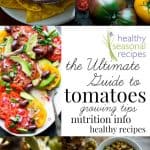


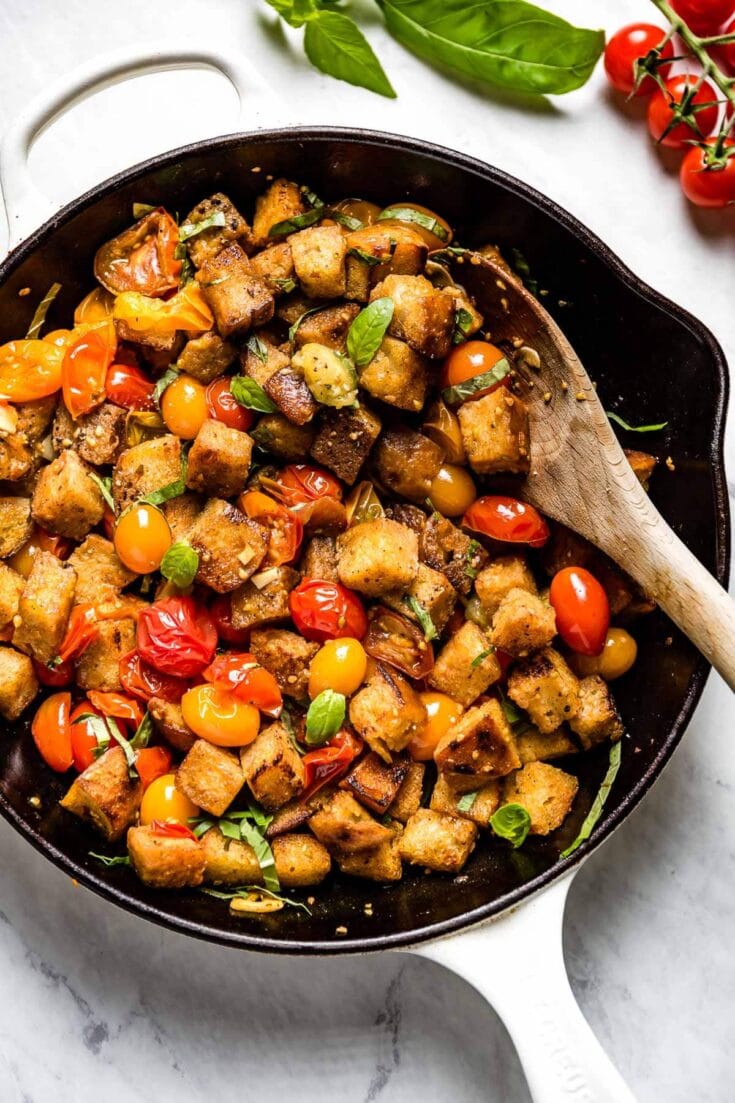

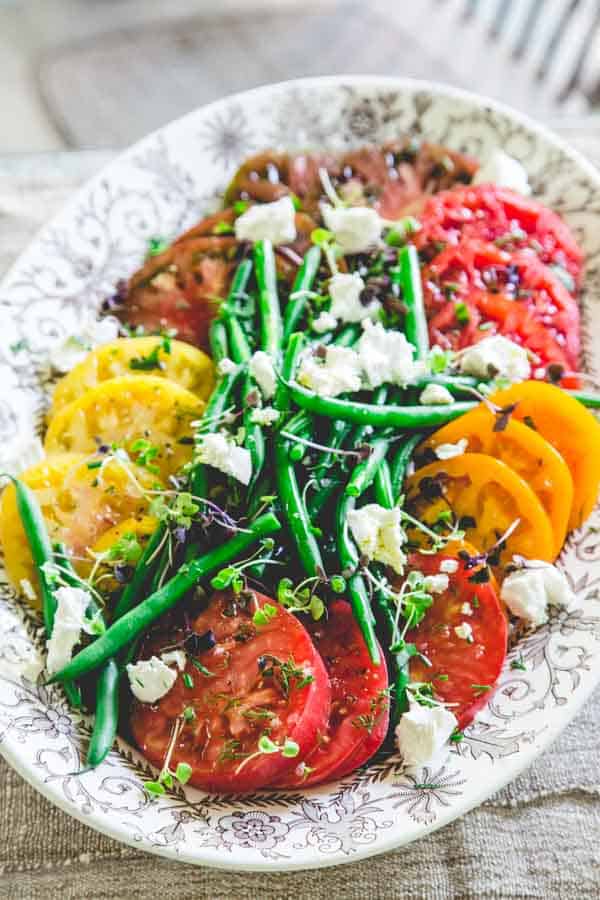
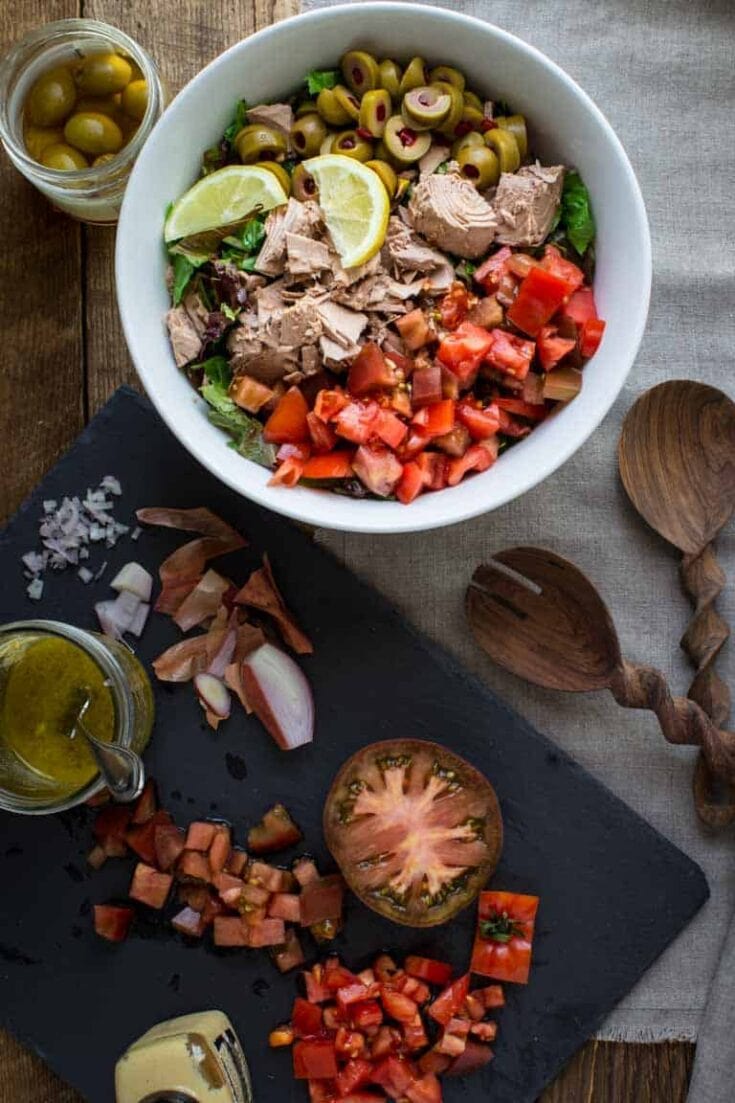
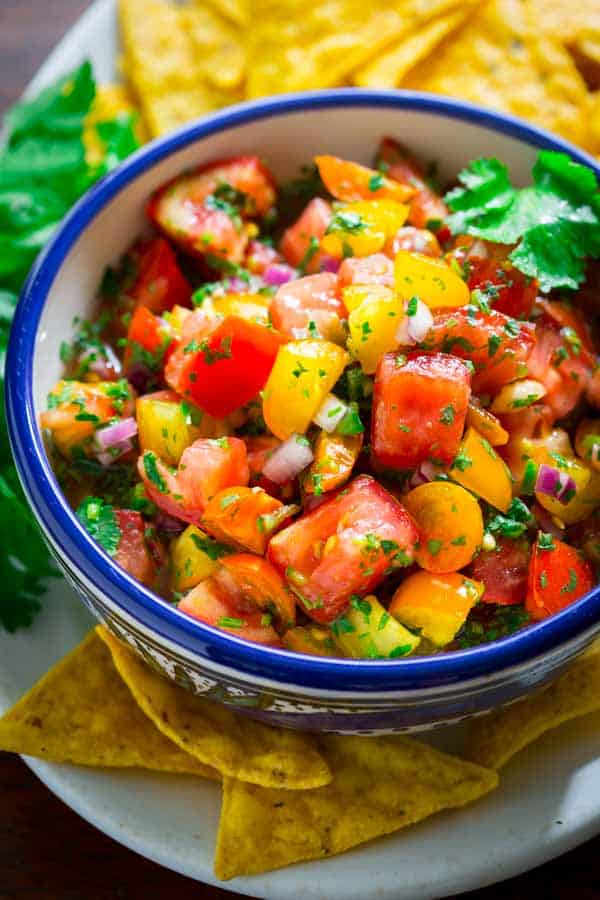
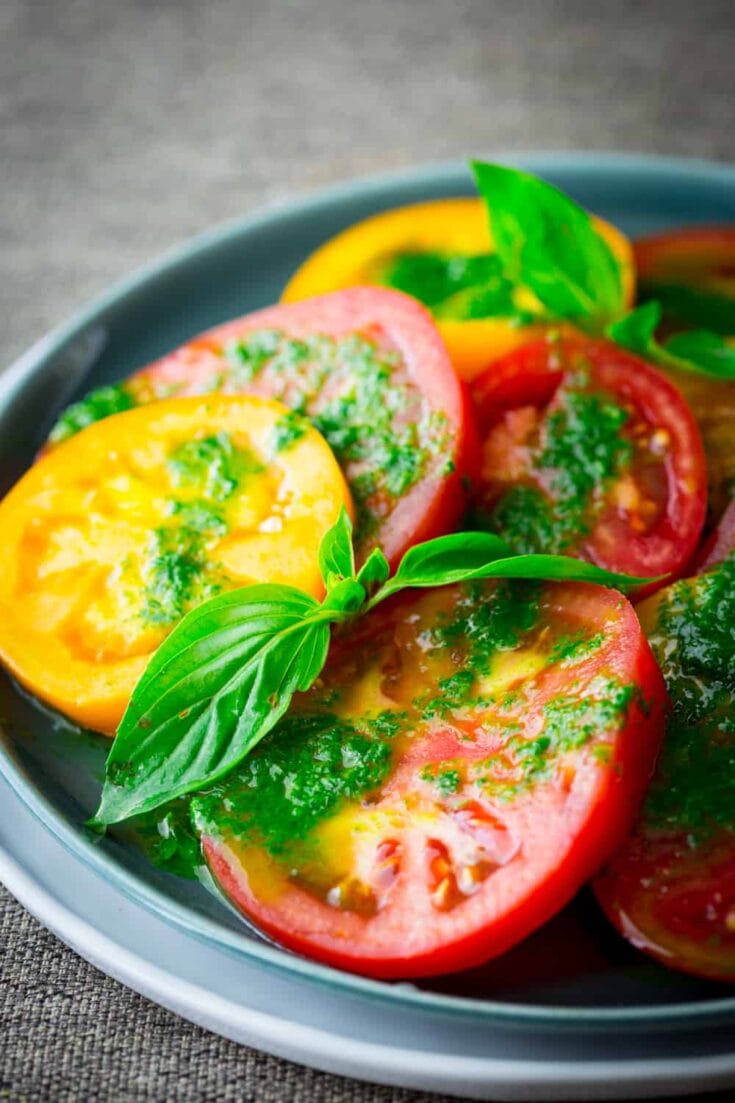

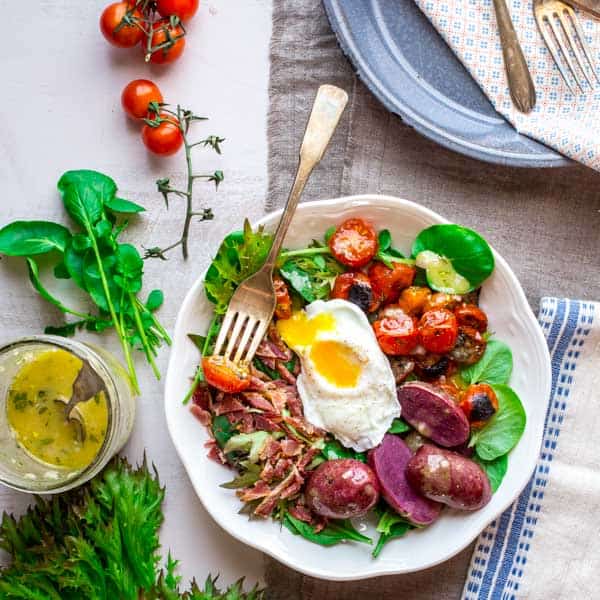
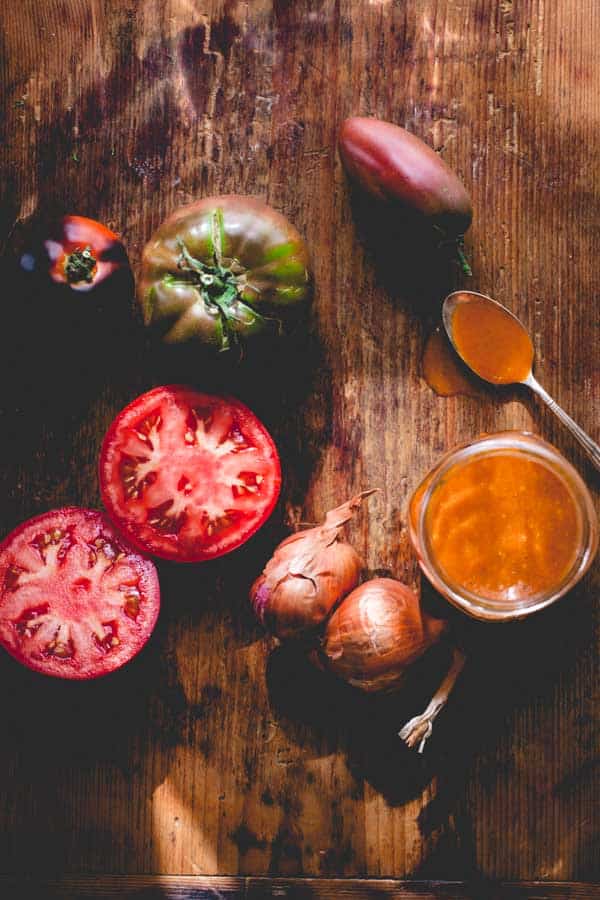
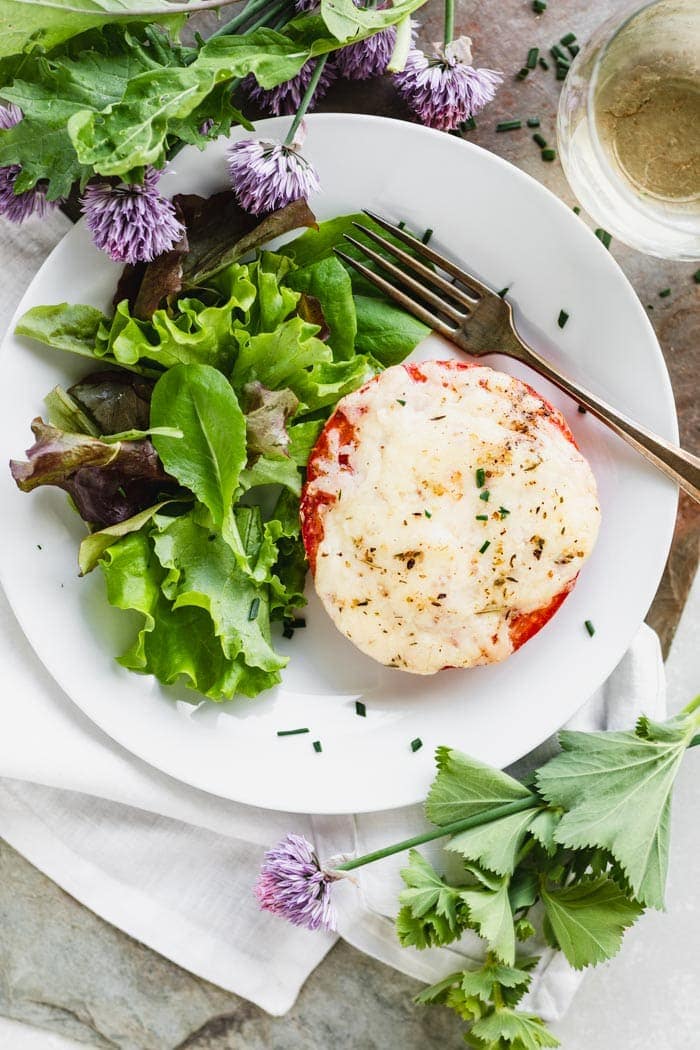
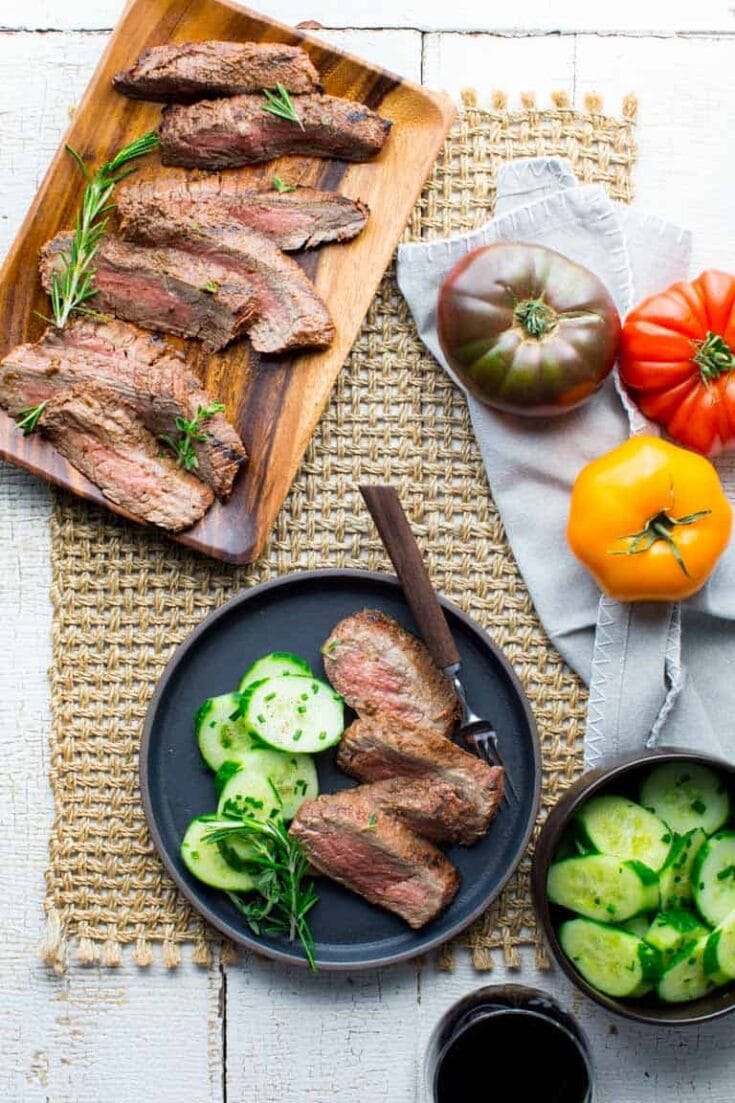
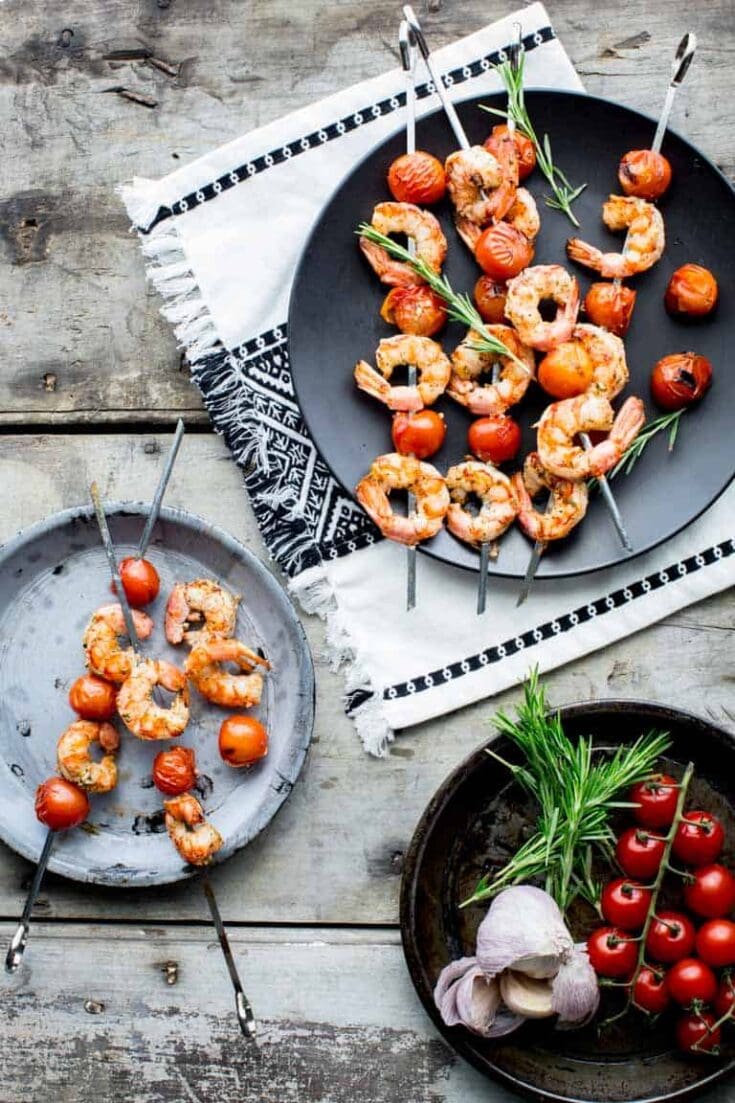
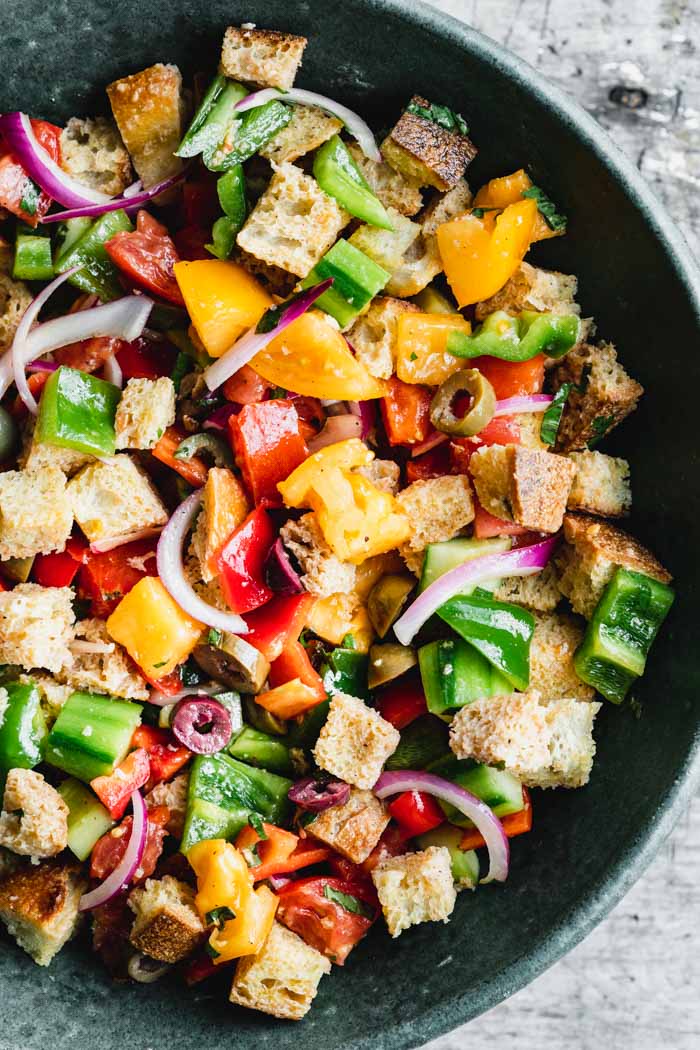
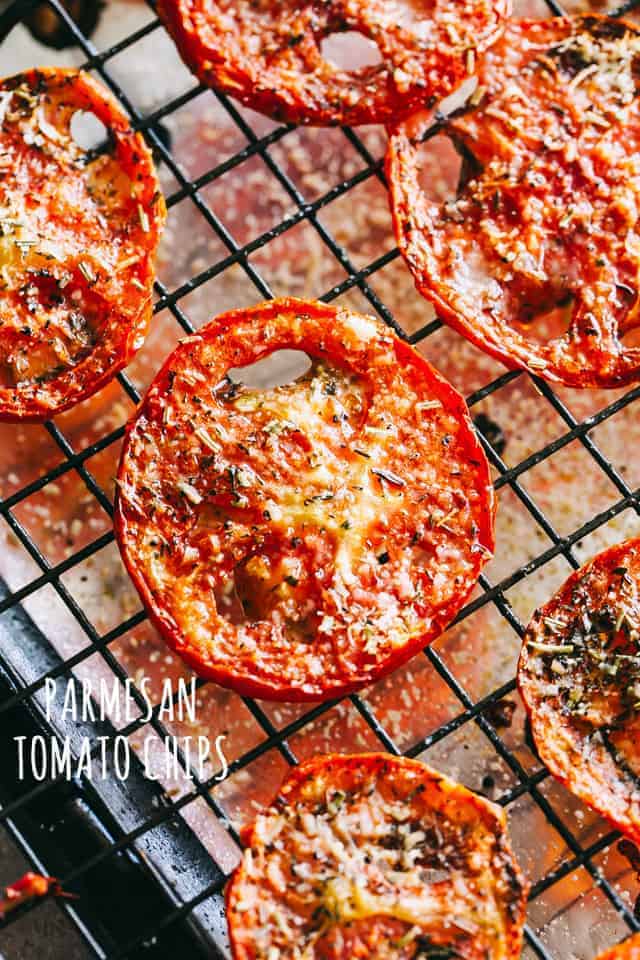

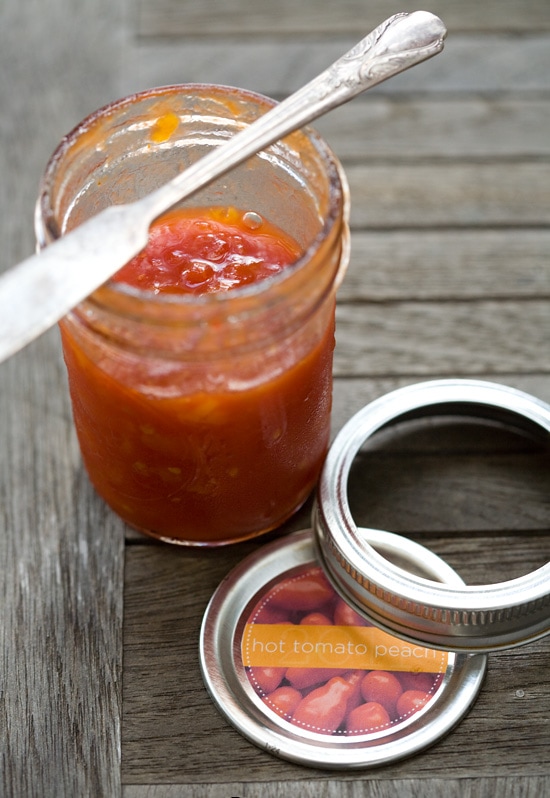
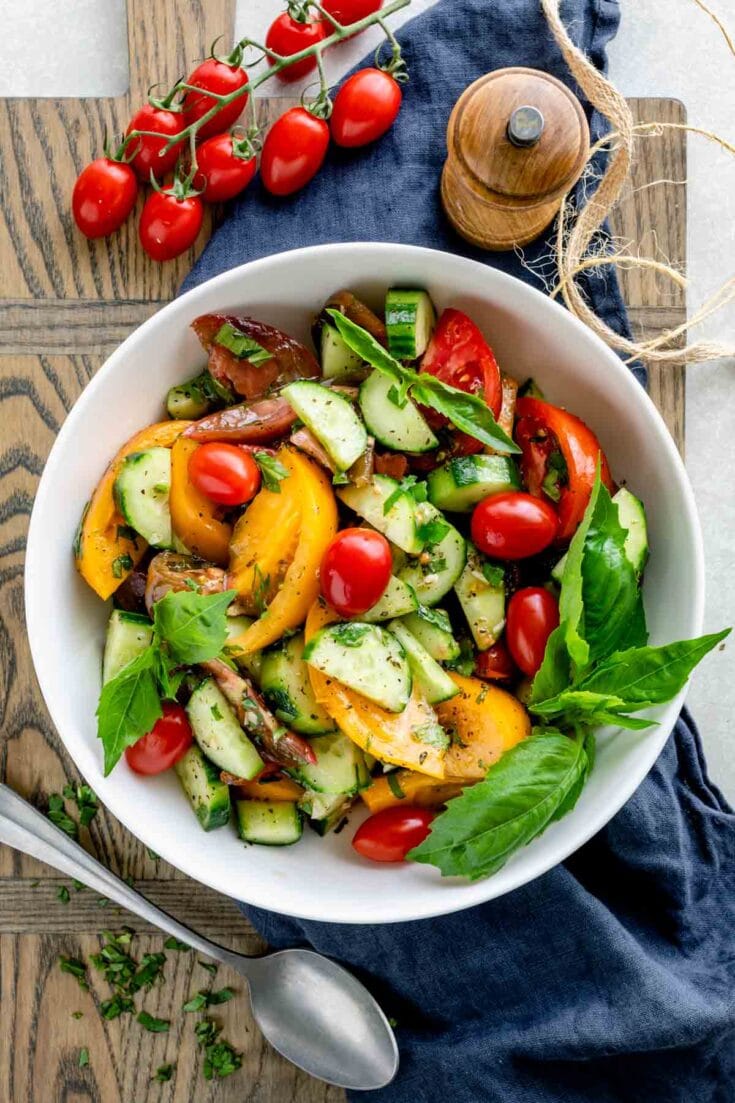


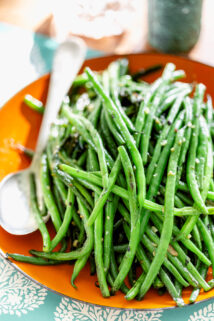


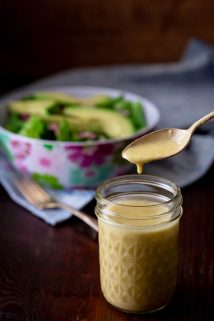





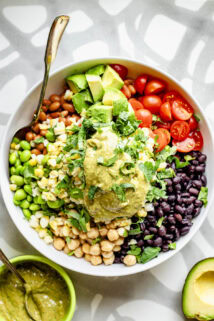

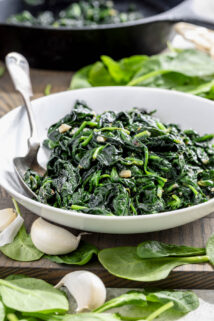
Wow!! Everything you could ever want to know about tomatoes! And your photos are gorgeous!
Thank you! This is great information. I’m bookmarking.
Great article! Such beautiful photos of summer produce. I actually didn’t know that tomatoes can protect from sunburn. I also want to add that tomatoes loose the flavor in the fridge!
What a great resource for pretty much everything you’d ever want to know about tomatoes! The farm near my house offers a 10 lb for $15 special on heirloom tomatoes each summer and I can’t wait until they kick that off again. 🙂
It is so interesting to read about lycopene and sun resistance! I have never heard that before, but it is endlessly fascinating to me how the foods we eat impact our bodies in unexpected ways. Thanks for this great resource – definitely bookmarking this for inspiration if I’m finally able to grow my own tomatoes next year!